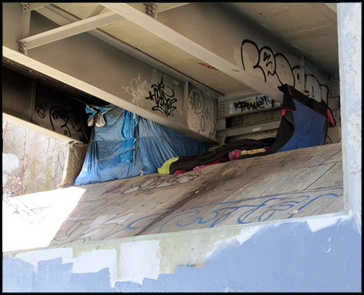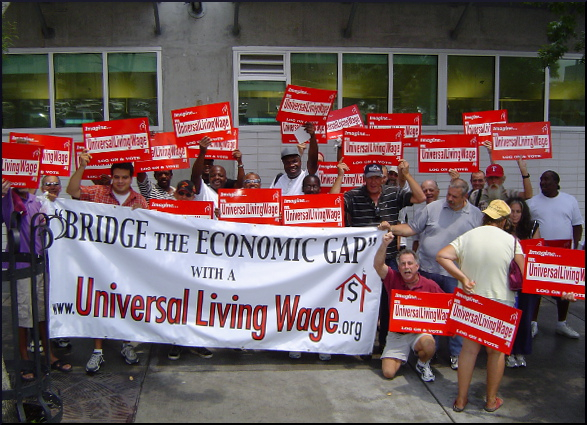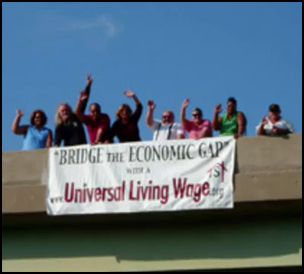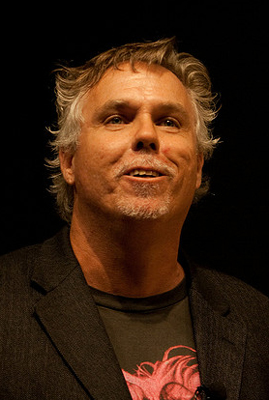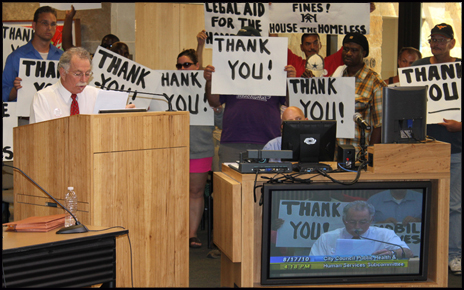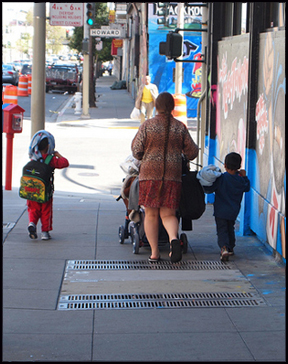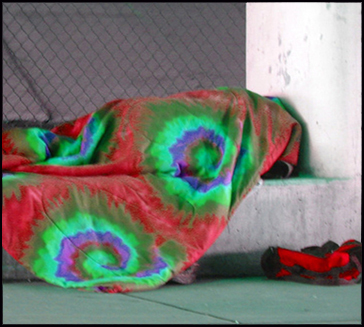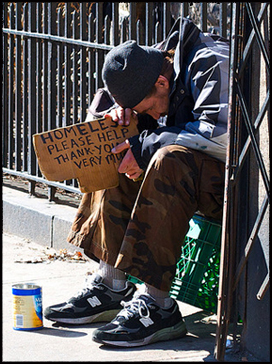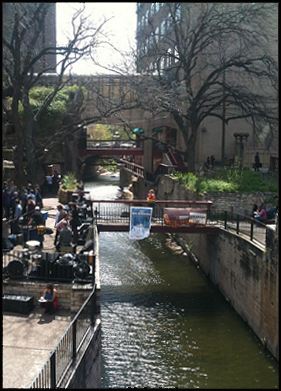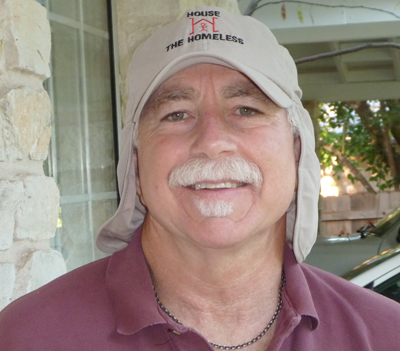
GOAL:
$4000 = 500 Hats
COLLECTED AS OF 7/25:
$600 = 75 Hats
Due to the extreme heat in Austin this spring and summer, House the Homeless is again conducting the Swap-A-Hat program.
People experiencing homelessness will be given the opportunity to either swap their existing hat of any kind for a new summer hat (with a tail) or donate a $1.00 and receive a hat. All proceeds will go to the newly homeless citizens in Nebraska, Missouri, Oklahoma, etc. Similarly, we will be making UV-rated sunglasses available for a $1.00 donation.
Again, 100% of all proceeds will go to serve people who are newly experiencing homelessness.
We are asking supporters of House the Homeless to donate $8.00 to support the cost of providing these items. You can donate online here:
Or, please send a check payable to House the Homeless, Inc to:
House the Homeless
P.O. Box 2312
Austin, TX 78768
Thank you for your never ending support for the folks living on our streets.
Together we can end homelessness.
Richard Troxell

